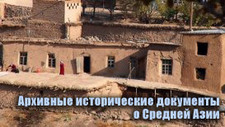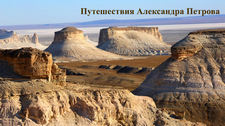Вы здесь
Doly Apa Necropolis.
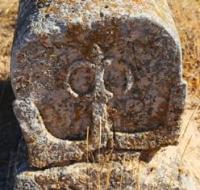
Necropolises of Tyub-Karagan District.
"This cemetery is located in Mangyshlak, on the eastern slope of the Aktau chain and is similar to all the others... it can give an accurate idea of the Kyrgyz burials. In this cemetery there are many tombstones topped with two small stone slabs. This type of monument is a specialty of Mangyshlak, for I have never seen tombs of this shape anywhere else in the steppe. Along with the Agaspeyar cemetery, it can give an accurate idea of the Kazakh burial. In this cemetery there are many monuments topped with two small stone slabs in the form of coffins. This type of monument is a specialty of Mangyshlak".
Bronislav Zalessky. "Lives of Kyrgyz Steppes". Album "La vie des steppes Kirghizes", Paris, 1865, p. 65).
Trips to Necropolises of Mangistau.
Necropolis of Doly Apa is located at an altitude of 89 meters above sea level, in valley of same name, between mountains of Emdy and Karataushik, 7 kilometers northeast of village of Taushyk, 29 kilometers northwest of village of Zhyngyldy, in Tyub-Karagan district of Mangistau region.
Doly Apa is one of the unique historical corners of Mangistau and one of the few necropolises named after a woman. At the necropolis of Doly Apa, many ancient koytases, several saganatams of the XIIth - XIXth centuries have been preserved.
The burials are mainly decorated with relief carved ornaments. Some of them are decorated with ancient Arabic script. In the north-eastern part of the necropolis, later Kazakh burials, saganatams, and ushtasy are concentrated. The surface of the intricate stone pyramids is covered with ornamental painting. The drawings are made using the contour carving technique.
Image of Doly Apa necropolis has been preserved in one of T. Shevchenko's drawings.
"As for the Kyrgyz burials, it would be more accurate to call them Turkmen, since they were made mainly at the time when the Turkmen still lived in Mangyshlak. In Shevchenko's watercolor drawing, the cemetery is shown at night, in moonlight, in harsh blue-violet tones.
Shevchenko chose a very successful angle when depicting the cemetery. The moonlight gives the picture a special flavor. The valley, dead during the day, seemed to come to life at night, waking up from a centuries-old sleep. The full moon helped the artist to reveal the most interesting details of the landscape.
In the foreground and background there are two ancient tombstones. One is tall, in the form of a Central Asian mausoleum, with a lowered peshtak and a helmet-shaped dome. The other is very original, resembling a stepped pyramid, crowned with two parallel slabs in the form of a small sarcophagus.
They are surrounded by fragments of small tombstones. A little further away, the silhouettes of half-ruined mausoleums, similar to the first, but without domes, are black. In plan, this architectural structure of the XVIIth - XVIIIth centuries is a rectangle with sides measuring 4.5 x 3.5 meters.
The dome can only be judged by Shevchenko's drawing. The mausoleum stands on a low plinth. It was probably more than 6 meters high. The cemetery interested Shevchenko, apparently, not only because of its antiquity and the originality of the monuments, but also because of the prevailing legend about the mausoleum, which says that the valley and the mausoleum received their name from the nickname of the Turkmen girl Bibi, the only daughter of the batyr Kosparmak, an active and influential man.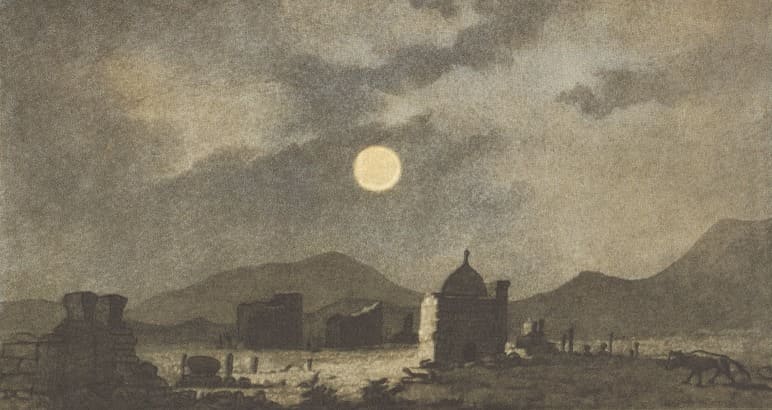
Bibi was unusually beautiful. Dexterous, brave, she never knew fear, participated in skirmishes and real battles in defense of her land, competed with the best horsemen. Among enemies, she became famous as an irreconcilable and merciless warrior, and in her own circle she was considered hot-tempered and stubborn, which is why they nicknamed her - "Dolyapa" (doly - stubborn, apay - older sister, aunt).
Doly Apa died heroically in one of the bloody skirmishes with enemies. On her grave the best architects built this monument from stone brought from the distant gorges of Karatau... Not far from the Doly Apa mausoleum there is a half-ruined brick mosque - a structure of the XVth - XVIth centuries.
Such details are visible in its architecture that it can be considered to some extent a prototype of some famous mosques and madrassas of Central Asia. The mosque has a unique facade with an entrance in the form of a portal. It is built from large blocks of yellow sandstone brought from the Sarytash Bay, which is 30 kilometers from here.
The blocks are roughly processed, but laid and plastered using a special solution: chalk, mica, horse hair, mare's milk. On the facade are carved sayings from the Koran, of which only fragments remain. Above the entrance there is an inscription:
- "This building was erected by Islambek from the Adak clan." We believe that it was made much later than the construction of the structure."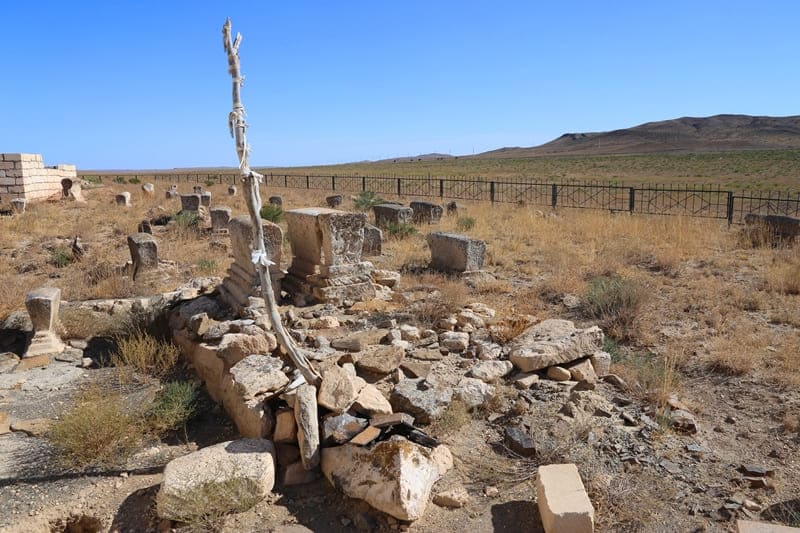
This is how Bronislav Zaleski describes Doly Apa valley in his book "Life of Kyrgyz Steppes" for 1865:
"The Doly Apa Valley is teeming with scorpions and phalanges. Although these harmful insects are very numerous throughout the steppe expanse, there are most of them here. They can be seen on every stone. Steppe scorpions are small and yellowish in color, but black ones are also found.
The phalanx is two inches long, it has large purple eyes, and on the tip of the head there are two hooks - one at the top, the second at the bottom, with which it bites... It runs quickly, is very angry, and is so greedy that it even eats other phalanges. Its bite is very dangerous.
Sheep are the sworn enemies of the phalanxes, they eat them with pleasure. From this the Kirghiz conclude that sheepskin is the best protection against the phalanxes, and therefore they cover their yurts with it."
Geographical coordinates of Doly Apa necropolis: N44°22'12 E51°25'38
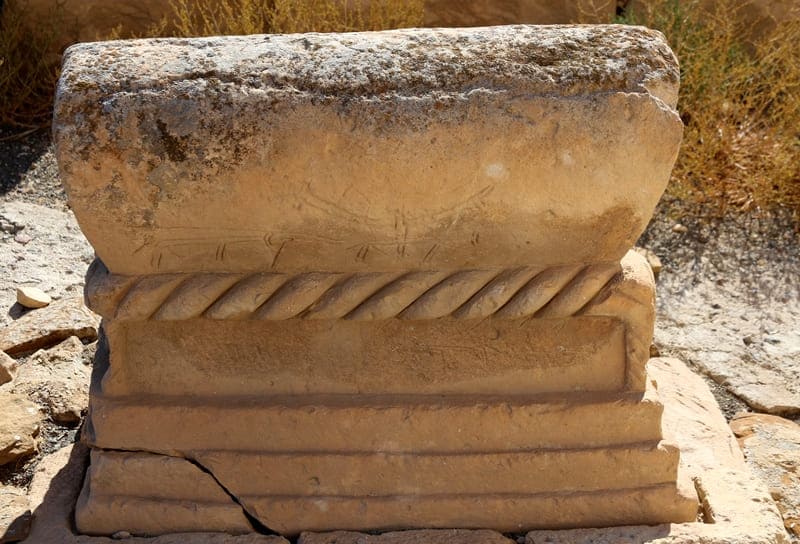
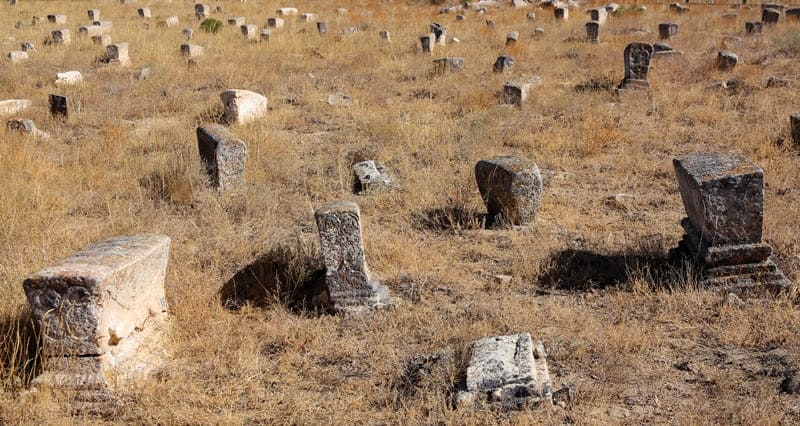
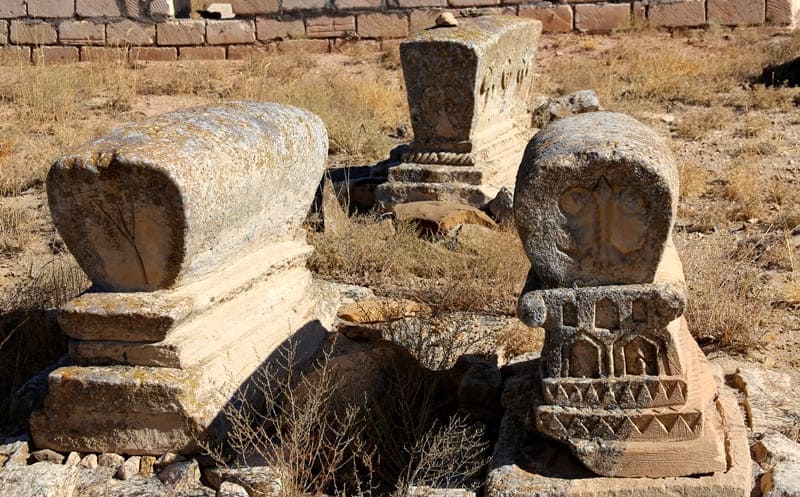
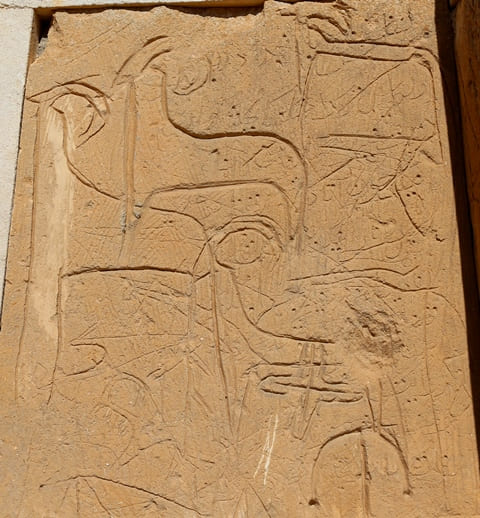
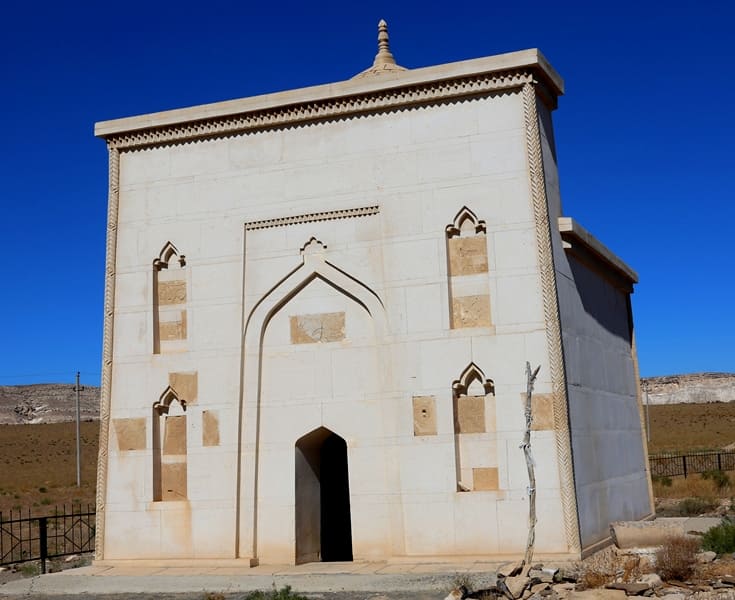
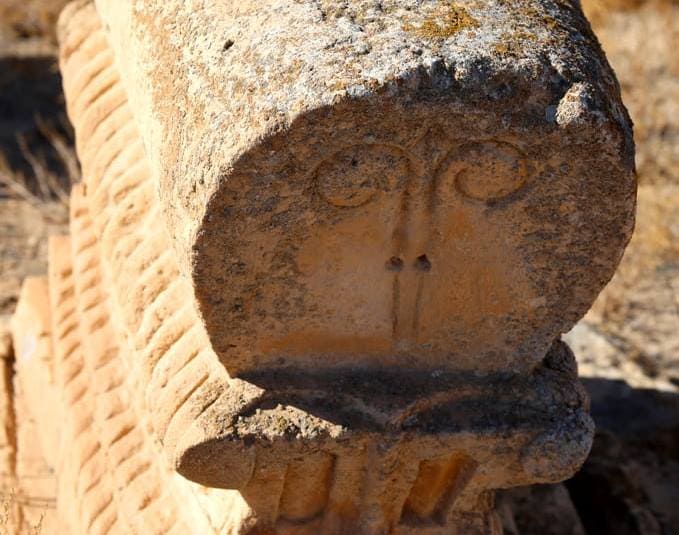
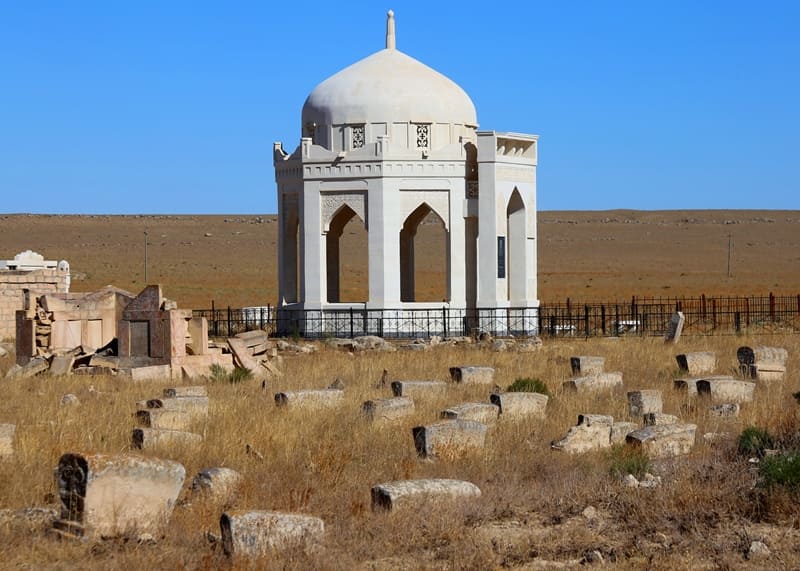
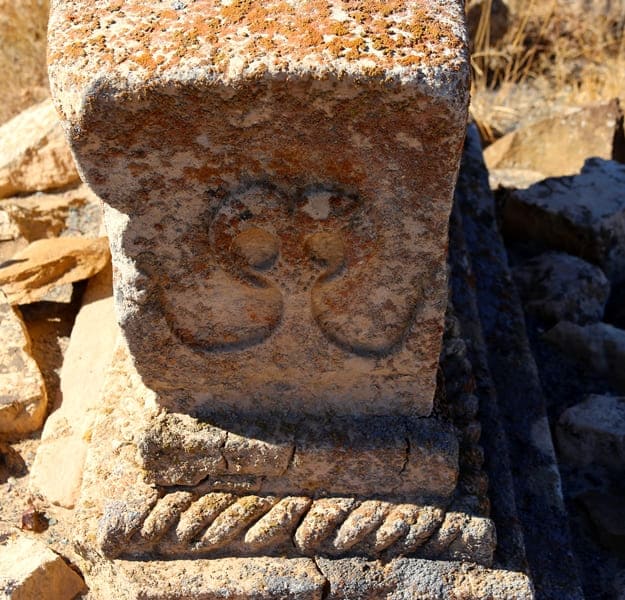
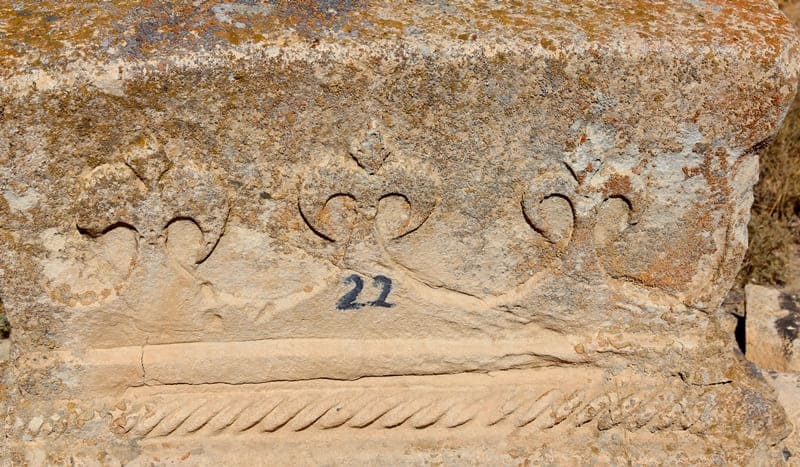
Authority:
"Steppes Will Come to Life." Anatoly Kostenko, Esbol Umirbayev. Alma-Ata. "Oner". 1972.
Photographs by:
Alexander Petrov.





